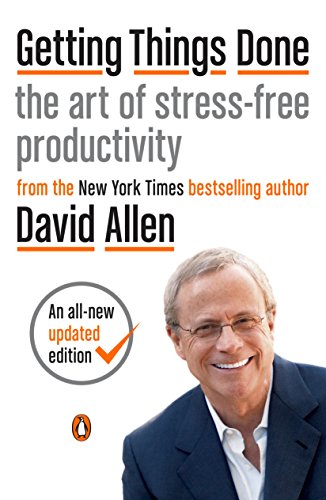

This article is an excerpt from the Shortform summary of "Getting Things Done" by David Allen. Shortform has the world's best summaries of books you should be reading.
Like this article? Sign up for a free trial here .
What is the two-minute rule? How does it work, and how can it help you stay organized?
The two-minute rule is a way to prioritize your tasks. The two-minute rule is a simple way to ensure you’re checking things off your to-do list, without neglecting urgent matters.
What Is the GTD Two-Minute Rule?
Before you can organize all that you’ve captured, you need to decide the intended outcome for each item, then figure out the immediate next action you need to take to make progress toward that outcome. Before you use the two-minute rule, you capture and analyze.
Based on what you determine for each item, you’ll either:
- Throw it away. If it doesn’t require any action and you won’t need the information later, toss it.
- Keep it for your reference files. These items don’t require any action, but they have information that may be useful later.
- Do it. If the next action takes fewer than two minutes, do it now.
- Label it a project. The GTD system defines projects as anything that requires more than one step and can be finished within a year—anything from planting your garden to learning new software at work. Put a sticky note on it labeling it a project and put it in a Pending pile.
- Decide to delegate it. If the next action will take longer than two minutes, consider whether you’re the best person for the job. If not, put a sticky note on it marking that you’re delegating it and to whom, and put it in the Pending pile.
- Save it for later. Label items that don’t require any action now but you might want to follow up on in the future as “Someday/Maybe.” If you want to create a reminder to reconsider it on a specific date, make a note of that date so you can put it in your tickler file or on your calendar in the next step. Put all these items in the Pending pile.
- Decide the next action. If it’ll take longer than two minutes and you can’t delegate it, label it “Next Action” and put it in the Pending pile.
Here’s a flowchart that shows Steps 1 to 3 more clearly. Don’t get overwhelmed by all the possible actions and items—the flowchart shows that it’s fairly intuitive. The two-minute rule can help you work through your to do lists.
Next Actions List
The Next Actions list is essentially the catch-all for tasks that are actionable, take longer than two minutes, and can’t be delegated. Reference your Next Actions list whenever you have free time to tackle a task.
If you have more than a few dozen next actions on this list, it helps to divide them up into categories based on what you need or where you need to be to tackle them. For example, make a list of the calls you need to make, and another list for tasks that require you to use a computer. David Allen’s two-minute rule helps divide up the steps and free up your time.
Just Do It
With the two minute rule, David Allen says if the next action takes less than two minutes, do it now. Even if it’s not a high priority, two minutes is roughly the efficiency cutoff: It’s more efficient to get a two-minute task out of the way now than to spend the time storing and tracking the item to do later.
This rule is especially effective for getting through a backlog of emails, most of which typically take fewer than two minutes to read and fire back a quick response.
If you have a little more time, make the cutoff five or 10 minutes instead of two. Conversely, if you’re tight on time, restrict the two-minute rule to just one-minute or thirty-second tasks.
According to David Allen, the two-minute rule action doesn’t complete the project—just one step of it—then be sure to clarify the next action and (in the next step) organize that appropriately.
Don’t use your whole day completing two-minute tasks, whether they’re tasks that show up unexpectedly (for example, a coworker comes by your desk and asks you to do something) or you’re emptying your in-tray. (Shortform note: The book doesn’t say how to prevent this from happening, only that you must capture, process, and organize anything you don’t do on the spot.)
The two-minute rule is a basic form of organization that can help people regardless of their own organizational skills. With the two-minute rule, you can feel good about checking things off your list.

———End of Preview———
Like what you just read? Read the rest of the world's best summary of David Allen's "Getting Things Done" at Shortform .
Here's what you'll find in our full Getting Things Done summary :
- Why you're disorganized and your to-do list is a mess
- The simple workflow you can do everyday to be more productive than ever
- How to take complicated projects and simplify them






